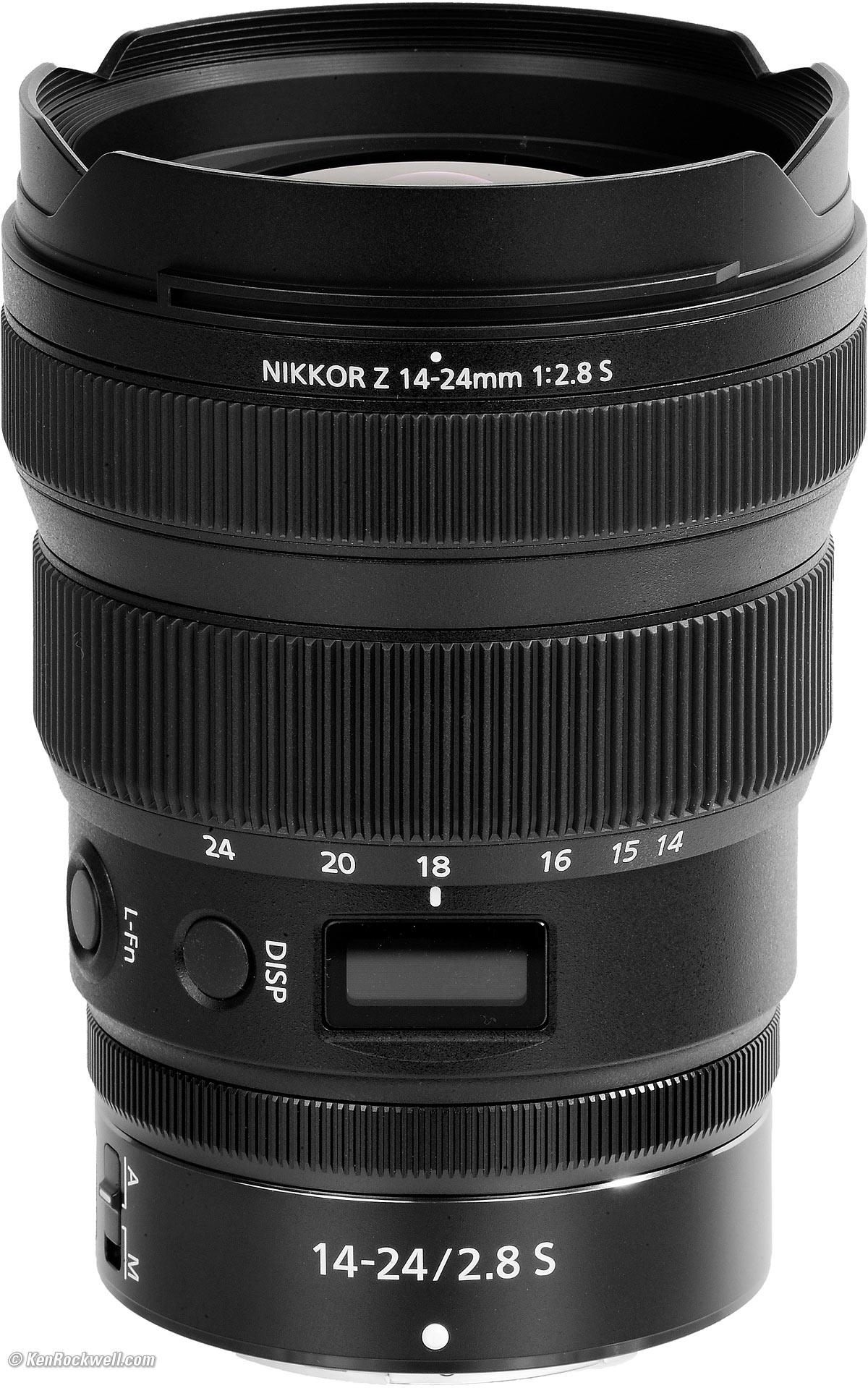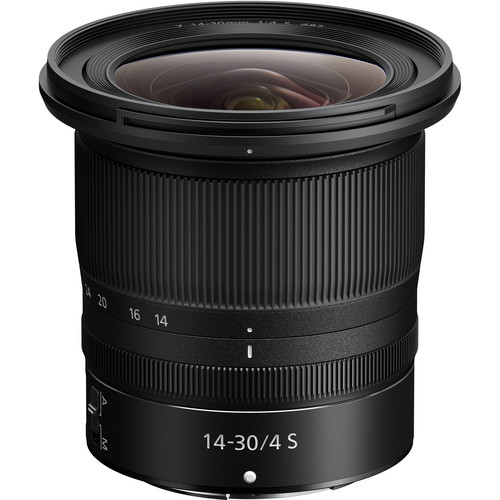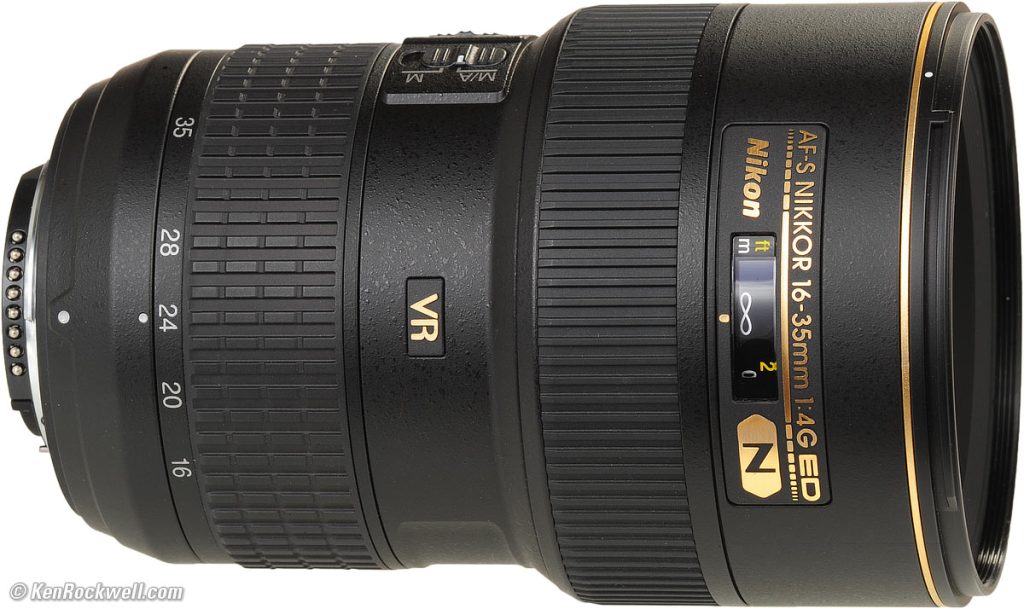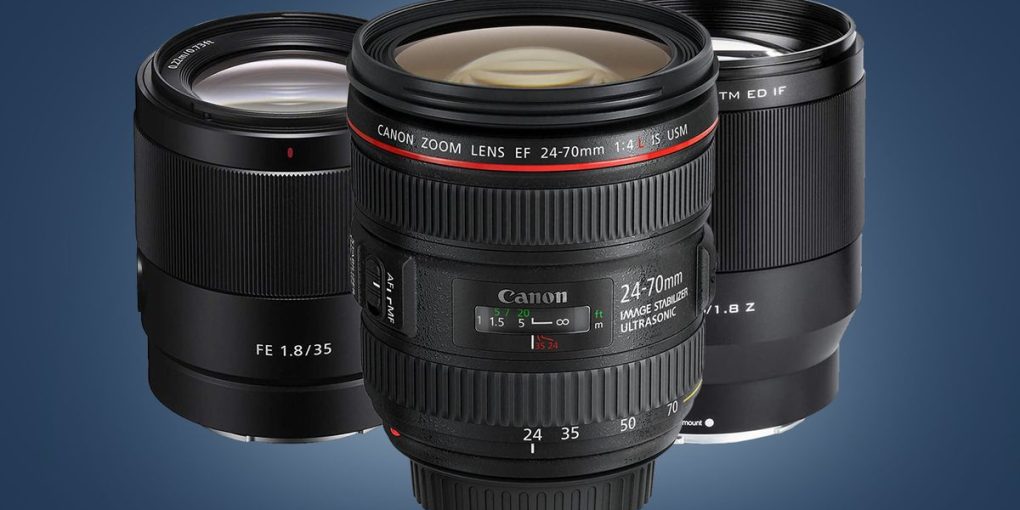Nikon 14-30 Vs 16-35 : A Battle of Zoom Power
The Nikon 14-30 lens offers a wider focal length compared to the Nikon 16-35 lens, allowing for more expansive shots. Both lenses are versatile and suitable for landscape, architecture, and interior photography.
They are also compatible with Nikon’s Z-series mirrorless cameras. However, the choice between the two depends on individual preferences and shooting needs.
Table of Contents
- Nikon 14-30 Vs 16-35
- Understanding The Basics
- Nikon 14-30 Vs 16-35
- Understanding the Basics
- Key features of Nikon Z lenses
- The Nikon 14-30 F/4 Lens
- Design And Build
- Zoom Power And Performance
- The Nikon 16-35 F/4 Lens
- Comparing The Nikon 14-30 And Nikon 16-35
- Zoom Power And Performance Comparison
- Image Stabilization Comparison
- Low Light Performance Comparison
- Sharpness And Overall Image Quality Comparison
- Frequently Asked Questions On Nikon 14-30 Vs 16-35
- Is The Nikon 14 30 Worth It?
- What Is Nikon 16-35mm Lens Used For?
- Why I Use A 16-35mm?
- Is Nikon 14 30 Weather Sealed?
- Conclusion
- CallofPhotography
Nikon 14-30 Vs 16-35
Understanding The Basics
Looking to compare Nikon’s 14-30 lens with the 16-35 lens? Gain a solid understanding of the basics and differences between these two lenses for your photography needs.
Nikon 14-30 Vs 16-35
Understanding the Basics
Key features of Nikon Z lenses
When comparing the Nikon 14-30 and 16-35 zoom lenses, it is essential to understand their key features. Both lenses belong to the Nikon Z series, which is known for its exceptional optical performance and compact design. The Z lenses are specifically designed for Nikon’s mirrorless cameras, providing photographers with superior image quality and versatility.
The focal length is one of the most important aspects of a zoom lens, as it determines the lens’s angle of view and magnification capabilities. The 14-30mm lens offers a wider angle of view, making it ideal for landscape and architectural photography. On the other hand, the 16-35mm lens provides a slightly narrower angle of view but offers a greater level of zoom, making it suitable for various shooting situations.
Both lenses feature Nikon’s renowned optical technology, delivering sharp and detailed images with minimal distortion and chromatic aberration. They also have a weather-sealed construction, allowing photographers to shoot in challenging weather conditions without worry.
In conclusion, understanding the key features of the Nikon Z lenses, such as their focal length and optical performance, can help photographers make an informed decision when choosing between the 14-30 and 16-35 zoom lenses. Whether you prioritize a wider angle of view or greater zoom capabilities, both lenses offer excellent image quality and reliability.

Credit: www.kenrockwell.com
The Nikon 14-30 F/4 Lens
|
Overview of the Nikon 14-30 lens
The Nikon 14-30 f/4 lens is a wide-angle zoom lens designed for Nikon’s Z mount mirrorless cameras. With a focal length range of 14-30mm, it offers a wide field of view, making it ideal for landscape, architecture, and interior photography. The lens features a constant maximum aperture of f/4, allowing for consistent exposure throughout the zoom range. It also has a compact and lightweight design, making it easy to carry on photography excursions. |
|
Pros and cons of the Nikon 14-30 lens
One of the biggest advantages of the Nikon 14-30 lens is its wide-angle capability, allowing photographers to capture expansive scenes with ease. The constant f/4 aperture ensures good low-light performance and consistent exposure settings. The lens also produces sharp and detailed images, thanks to its high-quality optics. Additionally, the lens is weather-sealed, providing protection against dust and moisture. However, there are a few drawbacks to consider. The 14-30mm focal length range might not be suitable for every photography style, especially if you require a longer reach. Also, the lens lacks image stabilization, which can be a limitation when shooting in low-light or handheld situations. Finally, the built-in filter system calls for specialized filters due to the bulbous front element design. |
|
Performance and image quality of the Nikon 14-30 lens
The Nikon 14-30 lens delivers excellent optical performance, with minimal distortion and corner softness. The edge-to-edge sharpness is impressive, even at the widest aperture settings. The lens exhibits good color reproduction and contrast, producing vibrant and well-balanced images. The autofocus system is fast and accurate, ensuring quick and reliable focusing. Overall, the Nikon 14-30 lens is a high-quality option for photographers looking for a wide-angle zoom lens for their Nikon Z mirrorless cameras. |

Credit : www.static.bhphoto.com
Design And Build
Design and Build
When comparing the Nikon 14-30 and 16-35 lenses, one important aspect to consider is their design and build. Both lenses are constructed with high-quality materials to ensure durability and longevity.
The Nikon 16-35 lens stands out for its impressive construction and durability. It features a sturdy metal barrel that can withstand the rigors of professional use. This lens is also equipped with weather-sealing capabilities, making it resistant to dust and moisture.
Compared to other zoom lenses, the Nikon 16-35 is relatively compact and lightweight. This makes it a great choice for photographers who value portability without compromising on image quality.
If you’re looking for a lens that can handle various shooting conditions without sacrificing quality, the Nikon 16-35 is a reliable option. Its robust construction, weather-sealing capabilities, and lightweight design make it a versatile choice for photographers on the go.
Zoom Power And Performance
The Nikon 14-30mm and 16-35mm lenses stand as impressive options for photographers seeking exceptional zoom capabilities and performance. Both lenses offer a versatile focal length range, allowing users to capture a wide array of subjects with ease. The 14-30mm lens shines with its zoom capabilities, providing a broader field of view compared to the 16-35mm lens.
When it comes to image stabilization, the 16-35mm lens takes the lead. Its built-in VR system enables remarkable low light performance and steadier shots in challenging conditions. However, the 14-30mm lens still holds its ground with exceptional optics, delivering aesthetic qualities that are hard to beat.
In terms of overall sharpness, both lenses are top contenders, capturing intricate details and delivering impressive image quality. Photographers can rely on these lenses to produce stunning visuals in a variety of shooting scenarios.
Whether you prioritize a broader zoom range or superior low light performance, both the Nikon 14-30mm and 16-35mm lenses offer outstanding options for photographers looking to elevate their craft.
The Nikon 16-35 F/4 Lens
The Nikon 16-35 f/4 lens is a versatile wide-angle zoom lens designed for Nikon’s full-frame Z-mount mirrorless cameras. With a focal range of 16mm to 35mm, this lens is perfect for landscape, architecture, and interior photography. It features a constant maximum aperture of f/4, allowing for consistent exposure throughout the zoom range. The lens also incorporates Nikon’s ED (Extra-low Dispersion) glass and aspherical lens elements to minimize chromatic aberration and distortion, resulting in sharp and clear images.
- Wide-angle focal range for capturing expansive scenes
- Compact and lightweight design, making it easy to carry
- Constant maximum aperture for consistent exposure
- Excellent image quality with minimal aberrations
- Weather-sealed construction for durability
- Maximum aperture of f/4 may not be ideal for low-light situations
- Some users may prefer a wider aperture for shallow depth of field effects
- Relatively expensive compared to other wide-angle lens options
Overall, the Nikon 16-35 f/4 lens is a reliable choice for photographers looking for a high-quality wide-angle zoom lens. Its versatile focal range and excellent image quality make it a valuable tool for capturing stunning landscape and architectural shots. However, photographers who frequently shoot in low-light conditions may consider other lens options with wider apertures.

Credit : www.kenrockwell.com
Comparing The Nikon 14-30 And Nikon 16-35
| Key Differences in Lens Design and Build | Zoom Capabilities and Focal Length Range Comparison | Performance and Image Quality Comparison |
|---|---|---|
| The Nikon 14-30 lens and Nikon 16-35 lens differ in terms of design and build. The 14-30 is a newer lens that is specifically designed for Nikon Z series mirrorless cameras. It features a retractable design, making it more compact and lightweight compared to the 16-35. The 16-35, on the other hand, is an older lens that is designed for Nikon DSLR cameras. It is larger and heavier in comparison. | When it comes to zoom capabilities and focal length range, the Nikon 14-30 has a wider angle of view at 14mm compared to the 16-35’s 16mm. However, the 16-35 has a longer focal length range, reaching up to 35mm compared to the 14-30’s 30mm. This makes the 16-35 more versatile for capturing subjects at a distance. | In terms of performance and image quality, both lenses offer excellent sharpness and color reproduction. The Nikon 14-30 is known for its superior edge-to-edge sharpness, even at wider apertures. On the other hand, the Nikon 16-35 provides good overall image quality throughout its focal length range, although some slight distortion may be present at the wider end. |
Zoom Power And Performance Comparison
In this blog post, we will compare the Nikon 14-30mm and 16-35mm lenses to help you make an informed decision about which one is best suited for your needs. We will primarily focus on three important factors: image stabilization, low light performance, and overall image quality.
Image Stabilization Comparison
When capturing images or shooting videos handheld, image stabilization is crucial to avoid blurry shots. Both lenses feature Nikon’s VR (Vibration Reduction) technology, which effectively reduces camera shake. However, the Nikon 14-30mm lens is equipped with an advanced VR system, providing up to 5 stops of image stabilization compared to 4 stops in the 16-35mm lens.
Low Light Performance Comparison
When shooting in challenging lighting conditions, such as indoors or during the evening, the lens’ ability to gather light becomes essential. The wider aperture of the Nikon 14-30mm lens (f/4) allows more light to enter the sensor compared to the 16-35mm lens (f/4.5). This results in better performance and sharper images, particularly in low light situations.
Sharpness And Overall Image Quality Comparison
Both lenses produce exceptionally sharp images with excellent color rendition. However, the Nikon 14-30mm lens incorporates newer optical technologies, resulting in improved overall image quality, including reduced chromatic aberration and distortion. This creates images with higher clarity and detail throughout the zoom range.
In conclusion, while both lenses offer excellent zoom performance, the Nikon 14-30mm lens surpasses the 16-35mm lens in terms of image stabilization, low light performance, and overall image quality. Consider your specific requirements and shooting conditions to make the most suitable choice.
Frequently Asked Questions On Nikon 14-30 Vs 16-35
Is The Nikon 14 30 Worth It?
The Nikon 14-30 lens is definitely worth it for its wide-angle capabilities and excellent image quality. It is a versatile lens that is great for landscapes, architecture, and travel photography. With its compact size and weather sealing, it is a valuable addition to any Nikon Z camera setup.
What Is Nikon 16-35mm Lens Used For?
The Nikon 16-35mm lens is used for capturing wide-angle shots, making it ideal for landscape photography, architecture, and interior shots. It provides a wide field of view, allowing you to include more of the scene in your composition.
Why I Use A 16-35mm?
The 16-35mm lens allows for wider shots, capturing more of the scene. It is ideal for landscapes, architecture, and group photos, providing versatility and perspective. With its range and image quality, it is a popular choice among photographers.
Is Nikon 14 30 Weather Sealed?
Yes, the Nikon 14-30 lens is weather sealed.
Conclusion
When comparing the Nikon 14-30 mm and 16-35 mm lenses, it is evident that both options offer impressive features and capabilities for photographers. The 14-30 mm lens boasts a wide-angle view and excellent image quality, while the 16-35 mm lens provides a versatile zoom range.
Ultimately, the choice between the two will depend on individual preferences and shooting requirements. No matter which lens you choose, both deliver remarkable performance for Nikon Z users.
I am a photography enthusiast turned blogger, sharing my passion and expertise on her blog, "CallofPhotography." Growing up surrounded by nature, I developed a love for capturing moments through my lens. After studying Fine Arts with a focus on photography, I launched my blog to share tutorials, gear reviews, and my own photographic work. Through engaging storytelling, I invites readers to join her visual journey, inspiring and empowering photographers of all levels worldwide.


